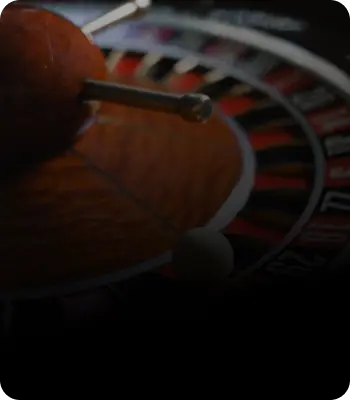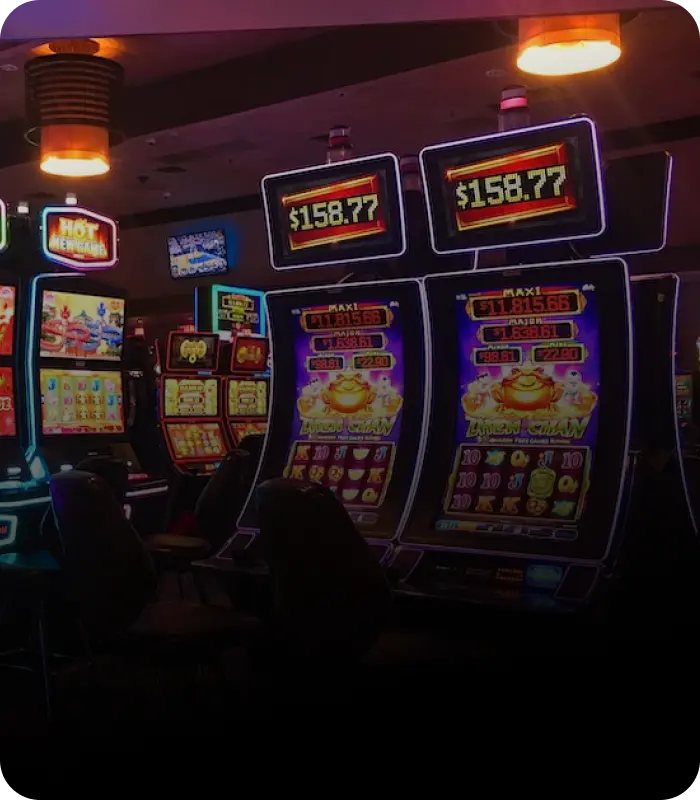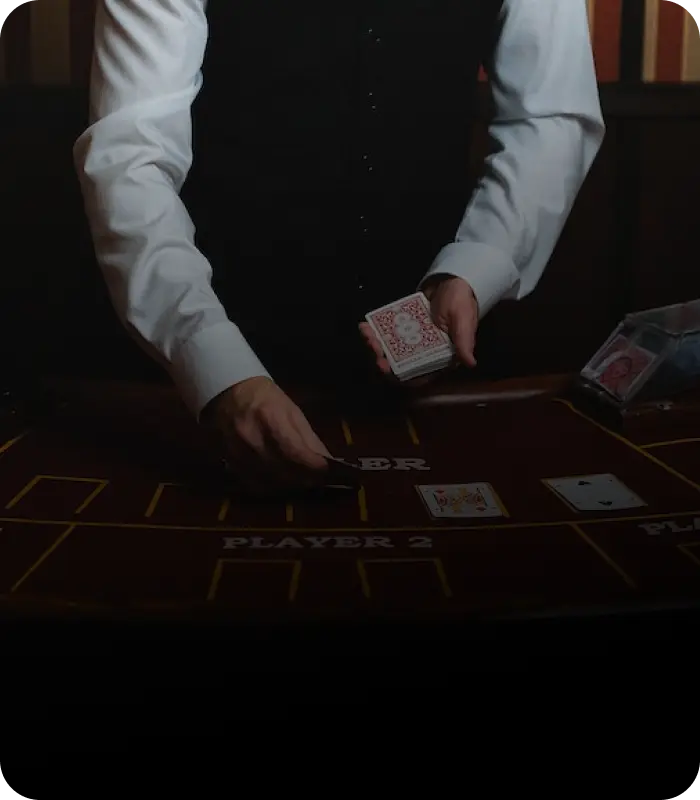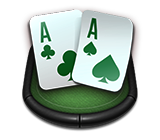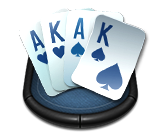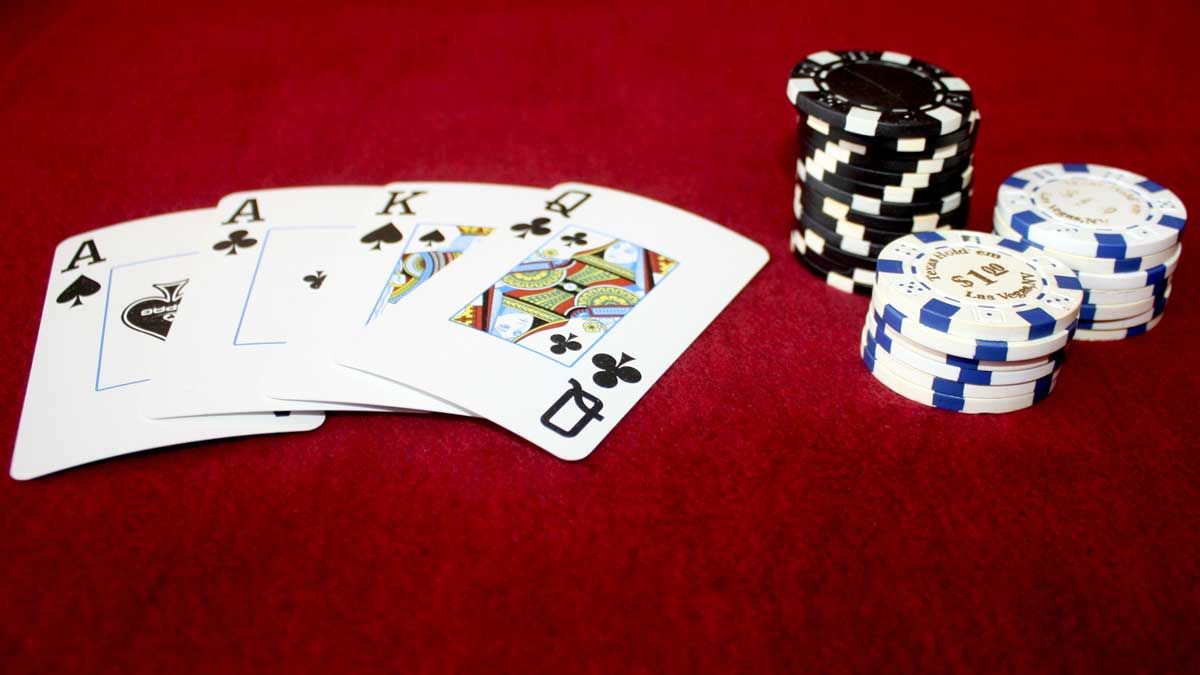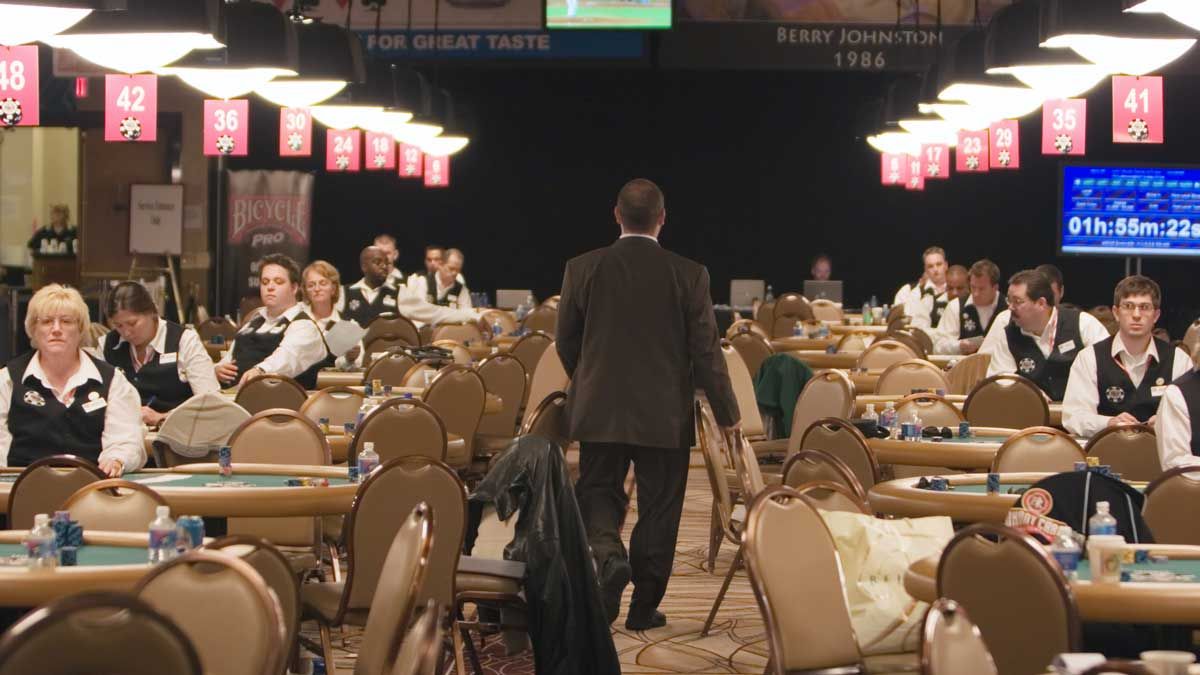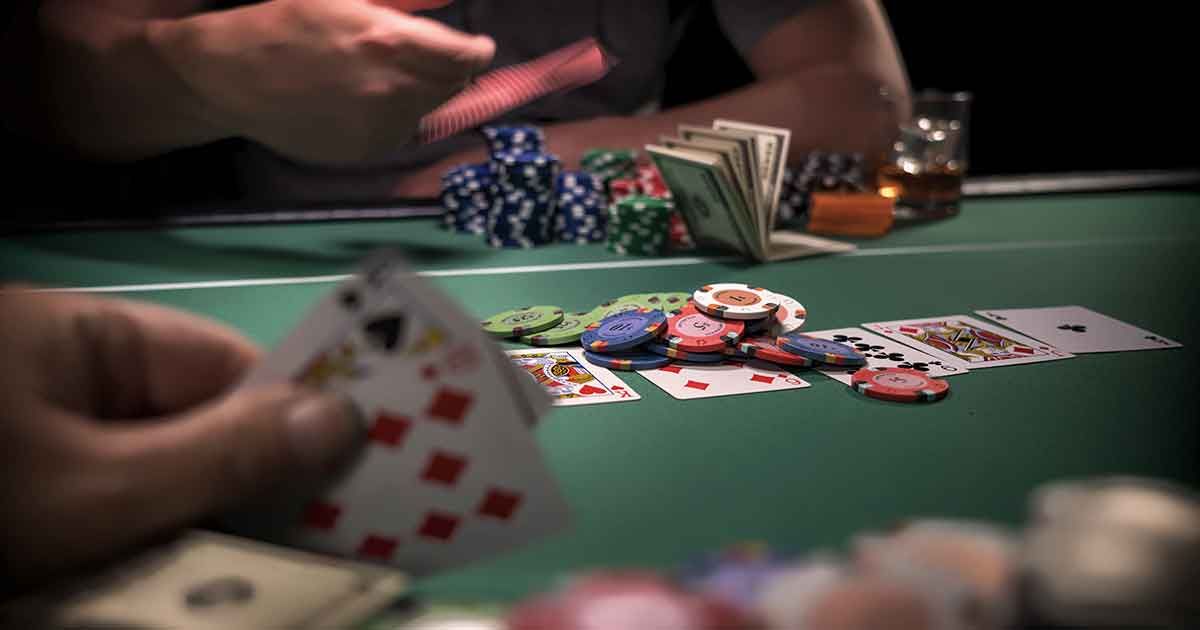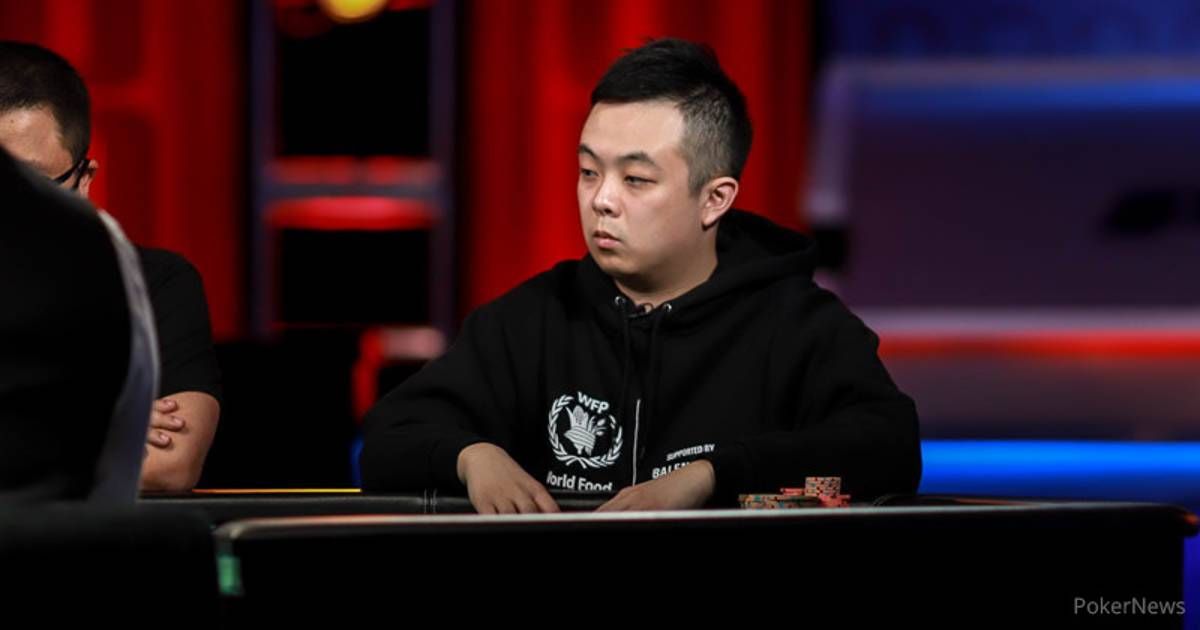
If you’re looking to learn how to play Short Deck poker, you’ve come to the right place. Originating in Asia, this increasingly popular game is similar to Hold’em but uses just 36 cards.
In this article, we’ll explain the full rules, including which cards are removed and the effect this has on hand rankings and probabilities. We’ll also share a few Short Deck poker tips and strategies to improve your game.
What is Short Deck Poker?
Sometimes referred to as Six Plus Hold’em or 6+ Poker, Short Deck came to prominence around 2017. Its name comes from the fact that a 36-card deck is used, with all of the 2s, 3s, 4s, and 5s removed.
Many of the world’s best high-stakes players like Tom Dwan regularly compete in cash games in Macau. Once Short Deck poker was introduced to this circle, the game took off, and it has since continued to grow in popularity.
Differences With No-Limit Hold'Em
The Short Deck poker rules are pretty much in line with those of a standard Texas Hold’em game. However, there are a few notable exceptions.
Firstly, there’s the aforementioned reduced deck. Crucially, this dramatically alters the probabilities of certain hands occurring. And that’s why in Short Deck poker a Flush beats a Full House and J-T against A-K is essentially a coin flip situation. We’ll discuss these probability differences in more detail later on in this guide.
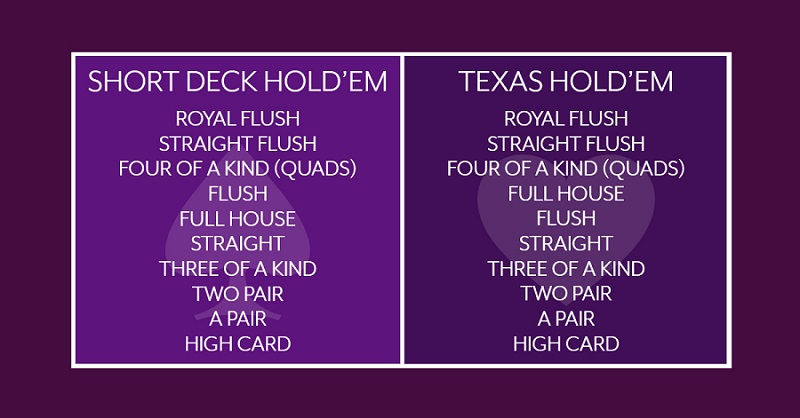 Just like in Hold’em, the Ace plays as both a high and low card in Short Deck poker. But since there are no cards ranked 2 through 5, the lowest possible straight looks a little unusual. A nine high straight of 9-8-7-6-A can take some getting used to for a Short Deck beginner!
Just like in Hold’em, the Ace plays as both a high and low card in Short Deck poker. But since there are no cards ranked 2 through 5, the lowest possible straight looks a little unusual. A nine high straight of 9-8-7-6-A can take some getting used to for a Short Deck beginner!
What Do You Need to Play Short Deck Hold'Em?
In order to enjoy a game of Short Deck poker, you’re going to need to understand how to set it up. The most important thing you’ll need is a classic deck of 52 cards without jokers. However, don’t forget to remove all of the cards ranked 2 through 5, reducing your deck to just 36 cards.
Next, you’ll need the usual equipment for a poker game, including a set of chips, a dealer button, and a table with a cloth. A minimum of two and a maximum of ten players can participate, but Short Deck poker games usually have five or six players.
Short Deck Poker Rules
This section of our guide to playing Short Deck poker is perhaps the most critical. Here we’ll discuss the way hand rankings differ when compared to traditional poker games, before explaining exactly how a hand plays out.
First of all, it’s worth pointing out that Short Deck is almost always played as a No-Limit game. After all, the whole point of the smaller deck is to create action.
Short Deck Hand Rankings
Although the Short Deck poker hand rankings are similar to those of Texas Hold’em, there’s a key difference. A flush now beats a straight, since you have fewer cards to hit. This makes them rarer, hence more valuable.
| Hand Rankings | Description | Hand Example |
|---|---|---|
| Straight Flush | A straight and a flush combined. The highest possible is an ace high straight flush, also called a Royal Flush. | Q♣ J♣ T♣ 9♣ 8♣ (Queen high straight flush) |
| Four of a Kind | Four cards all of the same value, plus any additional fifth card. | 9♣ 9♥️ 9♦️ 9♠️ K♣ (Four 9s) |
| Flush | Any five cards with matching suits that do not form a straight. | A♥️ J♥️ T♥️ 8♥️ 7♥️ (Ace high flush) |
| Full House | Any three of a kind added to any pair. | J♥️ J♣ J♦️ 7♥️ 7♥️ (Jacks full of 7s) |
| Straight | Any five cards in sequential order that do not make a flush. | 9♣ 8♥️ 7♥️ 6♦️ A♣ (Nine high straight) |
| Three of a Kind | Three cards of matching value, plus unpaired fourth and fifth cards. | K♦️ K♣ K♥️ T♣ 8♥️ (Three Kings) |
| Two Pair | Two pairs plus a fifth card. | T♥️ T♦️ 7♣ 7♥️ J♣ (Tens and 7s) |
| One Pair | Any lone pair with three other unpaired cards. | 7♠️ 7♦️ A♣ K♠️ T♣ (A pair of 7s) |
| High Card | Five unconnected cards which do not fit into any other category. | K♦️ J♦️ T♣ 7♥️ 6♠️ (King high) |
Starting A Short Deck Hold'Em Poker Game
To kick off a standard Short Deck poker game, everyone must pay an ante. Whoever has the dealer button in front of them also posts a mandatory second ante, which sets off the pre-flop action. This is known as a “button blind” setup.
It’s possible to play Short Deck poker using a more traditional Small and Big Blind system. But this button blind and ante structure is the most common method.
How A Short Deck Hand Plays Out
 Let’s now quickly look at how a single hand plays out in a Short Deck poker game.
Let’s now quickly look at how a single hand plays out in a Short Deck poker game.
Pre-Flop
After the antes are collected, the dealer hands out two hole cards to each participant, just like regular No Limit Hold’em. Whoever is sitting immediately to the left of the dealer (“under the gun”) is first to act. Their options are as follows:
Call. In Short Deck poker, the player with the button must always post a second ante. So in order for the next player to continue in the hand, they need to match this bet.
Fold. If the player doesn’t wish to continue playing, they can throw away their cards. Naturally, they lose their ante.
Raise. When a player likes their hand, they may want to increase the bet size. This forces players behind them to pay more in order to continue. The minimum raise is equal to double the value of the ante.
When the player under the gun has decided what to do, the action passes to the left once more. The next player is also faced with the same three choices of calling, raising, or folding. Things continue to progress around the table until everyone has called the largest bet size and we take a flop.
Post-Flop
Short Deck poker uses community cards, just like Hold’em or Omaha. The first three are distributed all at once, which is known as the “flop”. A round of betting follows, led by the player to the left of the button.
Since no compulsory bet is made on the flop, this player has the additional option of “checking”. This basically means declining to bet, but remaining in the hand. If everyone checks, we proceed to the turn card. But if someone bets, everyone must call the bet to stay involved.
After the flop betting is complete, a fourth community card is dealt, called the “turn”. Another round of betting follows before we take the fifth and final “river” card. At this point, there is one last round of betting.
Showdown
If more than one player still remains, they must reveal the contents of their hand, starting with the player to the left of the dealer. This is known as the “showdown”. Whoever has the strongest hand wins the pot. But if two or more players have hands of equal value, the chips will be split equally.
Short Deck Poker Odds
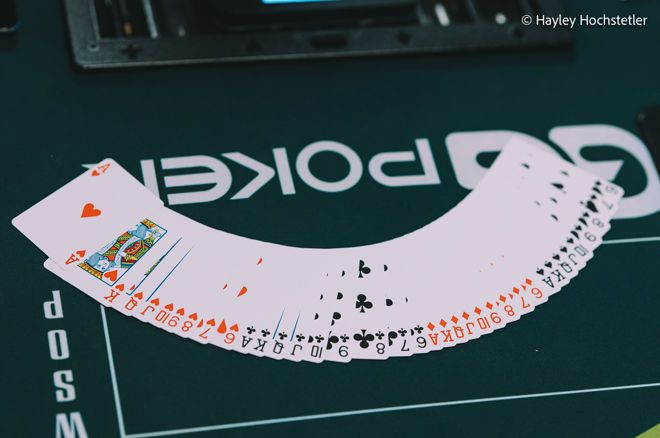 It’s important to consider the effect of playing with fewer cards in a game of Short Deck poker. The probability of certain things happening is not the same as in Hold’em. For instance, if you hold four to a flush, you no longer have nine outs. There are only five cards that will complete your draw.
It’s important to consider the effect of playing with fewer cards in a game of Short Deck poker. The probability of certain things happening is not the same as in Hold’em. For instance, if you hold four to a flush, you no longer have nine outs. There are only five cards that will complete your draw.
Flush Draws
Firstly, you will flop flush draws less often in Short Deck poker. And whenever you do, there’s just a 30% chance of completing it by the river. With a flush draw on the turn, the probability of making it by the river is reduced to just 16.6%. In Hold’em, those same situations offer a 35% and 19.5% chance.
Other Draws
What’s more, you’re going to complete any of your draws far more often. In regular Hold’em, you have a 31.5% chance of hitting an open-ended straight draw, for example. But in Short Deck poker, that number rises dramatically to 45.5%.
3-OAK and Sets
You’ll see many more straights than three-of-a-kind hands in Short Deck poker. Some niche variations of the game actually switch their positions in the hand rankings as a result. If holding a pocket pair, you’re going to flop a set 17% of the time, as opposed to 12% in traditional No Limit Hold’em.
Starting Hand Equity
Many of the basic facts we take for granted in Hold’em do not apply in Short Deck poker. We touched on this earlier, but a J-T is basically a coin flip against A-K. If both are suited, the J-T has around 47% equity, compared to 40% in standard Hold’em. If the A-K is unsuited, a suited J-T is almost exactly 50% to win in Short Deck.
Increased Action
With 16 fewer cards in play, Short Deck poker leads to a lot more action in general. To begin with, you’ll find many more starting hands to be playable. A pocket pair appears twice as often in Short Deck when compared to Hold’em, for instance. You’ll also be dealt many more connecting cards, which are even more valuable here than in Hold’em.
Short Deck Hold'em Poker Tips & Strategy
There’s no way we could discuss how to play Short Deck poker without talking about strategy tips. So this section of our guide is dedicated to just that!
Hand Selection
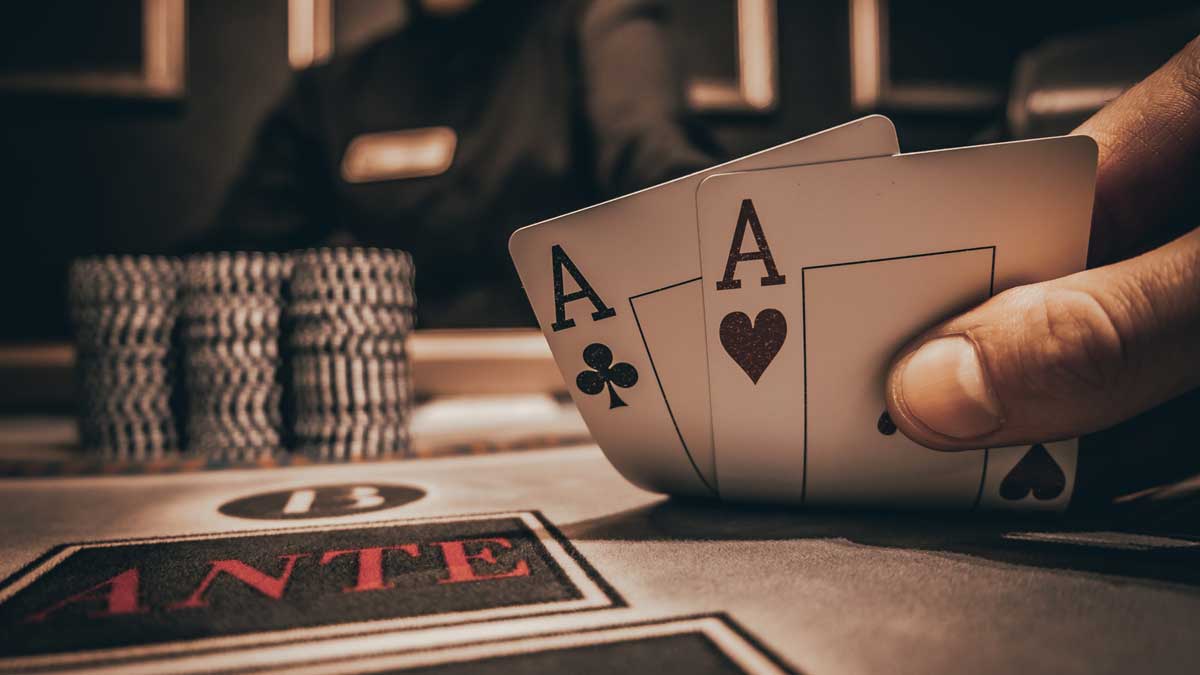 As we mentioned previously, starting hand equities are much closer in Short Deck poker than ordinary Hold’em. As such, far fewer holdings are considered premium. For instance, pocket Queens have nowhere near as much value. After all, with fewer cards in the deck, those pesky Aces will hit the board much more frequently.
As we mentioned previously, starting hand equities are much closer in Short Deck poker than ordinary Hold’em. As such, far fewer holdings are considered premium. For instance, pocket Queens have nowhere near as much value. After all, with fewer cards in the deck, those pesky Aces will hit the board much more frequently.
The only real premium starting hands in Short Deck are pocket Aces and Kings, as well as A-K suited. But the fact that equities run closer together means you can justify limping in a lot more often.
Open-Limping is Acceptable
Yes, that’s right. It may be a big “no no” in No Limit Hold’em, but limping is totally justifiable in Short Deck poker. First off, all starting hands are more powerful than in Hold’em anyway, particularly those which are connected.
However, you don’t want to be raising too often with the likes of T-9 suited. Since you’re statistically far more likely to run into a good hand, it makes no sense to risk more chips than necessary. Plus, with many fewer potential hand combinations, balancing out a raising range is harder to do. So limping more often across the board just makes sense.
Rule of 3 and 6
In Short Deck poker, you can quickly approximate your hand’s equity by multiplying your possible outs by 3 and 6. If you have one card left to come, use 3. But use 6 with two cards remaining.
For example, let’s say you have a flush draw on the flop. This means there are five cards to hit. With just 31 cards left in the deck, the percentage chance of you making that flush with the next card is 5 / 31 = 16.13%. But if you need to fudge the numbers quickly, simply multiply the 5 outs by 3 for 15%.
To estimate the chances of making your draw by the river, simply multiply by 6, since you have two chances to hit.
Draws Are Strong
Although flush draws are not as likely to connect in Short Deck poker, they are worth much more when they do. What’s more, you’re considerably more likely to flop an open-ended straight draw in this game. With J-T or T-9 you’ll pick up that straight draw on the flop 19% of the time.
If you do flop an open-ended straight draw, the chances of making it by the river are a little over 45%. So almost half of the time, you’re going to complete a big hand. That makes suited connectors an extremely valuable choice of starting hand.
Don't Overvalue a Pair
Remember that there is a much better chance of a draw completing in Short Deck poker. As such, your flopped top pair is nowhere near as strong as it would be in Hold’em. Proceed with much more caution than you normally would and don’t go broke with one pair.
Range Construction
Short Deck poker is still a relatively new game and is far from being solved. Strategy discussions like range construction are wide open, with different players holding different opinions.
However, a few elements of the standard Texas Hold’em strategy remain true. For instance, you can raise with a wider range on the button. You can also defend with a wider range when posting the double ante on the button. This is comparable to defending the Big Blind in Hold’em.
In Short Deck, it makes sense to polarise your range more pre-flop. Due to the antes and the increased amount of limping, you’re often going to be pot committed when re-raised all in. So if you’re going to raise, you may as well consider shoving and representing either the nuts or a total bluff.
Variations of Short Deck Poker
Not all Short Deck poker games use the “button blind” method, with a few adopting a traditional Small and Big Blind system. While in some variations of Six Plus, straights are demoted to be worth less than three of a kind.
We’ve described the most common Short Deck poker rules in this guide. But it’s always worth double-checking before sitting down to play a game. The last thing you want to do is join a table and misunderstand the rules!
How to Play Short Deck Poker: Summary
Thanks for reading our complete guide on how to play Short Deck poker. Now that you understand how this exciting, action-packed game works, why not jump in and splash around a little?
At Natural8, you’ll find a wide range of Short Deck cash games. Antes range from just $0.02 at micro stakes, through to $500 on the VIP tables.
Don’t forget to subscribe to our newsletter to get the latest poker tips as well as info on upcoming poker events.













